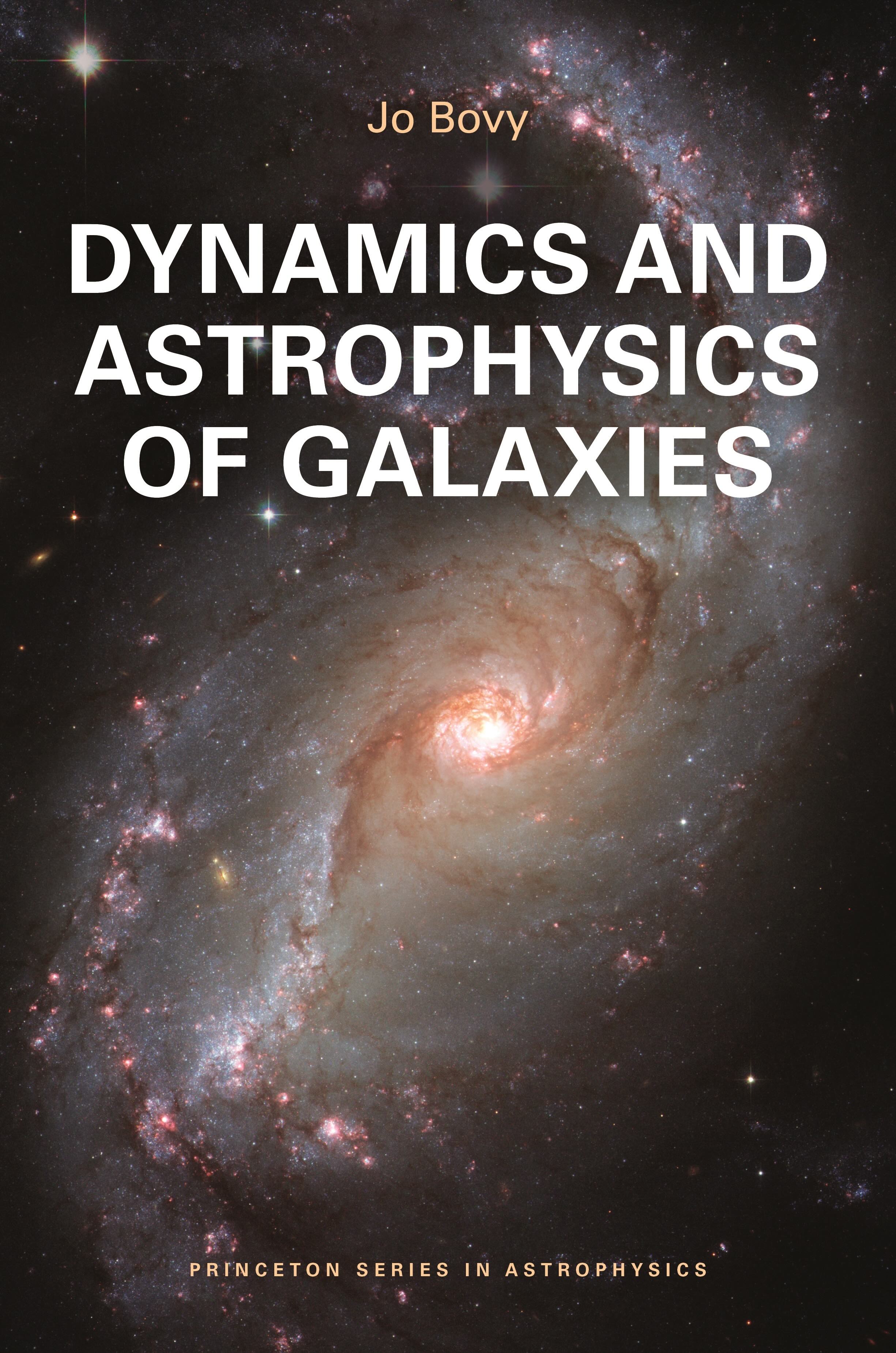17. Formation of dark matter halos¶
In the first three parts of this book, we have obtained a detailed understanding of the properties of the main types of galaxies that exist in the Universe. For galaxies in the present-day Universe, we now have a clear picture of their stellar, dark matter, and gaseous content and how the shapes and ratios of these components vary with radius and with the overall mass of the galaxy. While we have already touched upon some aspects of the evolution of different types of galaxies, we have so far not placed much emphasis on the question of how galaxies come to look the way they do in the present-day Universe. This is the topic of this final part of the book.
In our contemporary understanding of cosmology and galactic astrophysics, the formation and evolution of galaxies is intimately connected with the evolution of the Universe on the largest scales. As we have seen in previous chapters, all galaxies live in massive dark-matter halos, with the stars and gas making up only a small fraction of the mass of the system (see Chapters 6, 8, and 16) . Cosmological observations have further demonstrated that dark matter is one of the main constituents of the Universe as a whole and that it is one of the main drivers of the Universe’s homogeneous expansion and of the growth of structure. Dark matter thus links galaxies to cosmology: galaxies form inside dark-matter halos that themselves form through gravitational collapse of cosmologically-grown overdensities. Cosmological observations also indicate that dark matter is cold, meaning that it has negligible velocities in the early Universe, and cosmological structure formation then proceeds from small to large scales: small dark matter halos, hosting small galaxies, collapse before large dark matter halos, hosting large galaxies. With large numbers of small halos in the vicinity of large halos, merging of small galaxies into large galaxies is common and an important driver of galaxy evolution, especially at early times when the Universe is denser. To understand the formation and evolution of galaxies, it is therefore crucial to first appreciate how dark matter halos form in the expanding Universe. Thus, we start this part with a discussion of how the small dark matter overdensities present in the very early Universe grow until they gravitationally collapse to form dark matter halos. As we will see, relatively simple physics describes this process and allows us to determine when dark matter halos form, the overall properties of their internal structure, and the distribution of dark matter halo masses.

